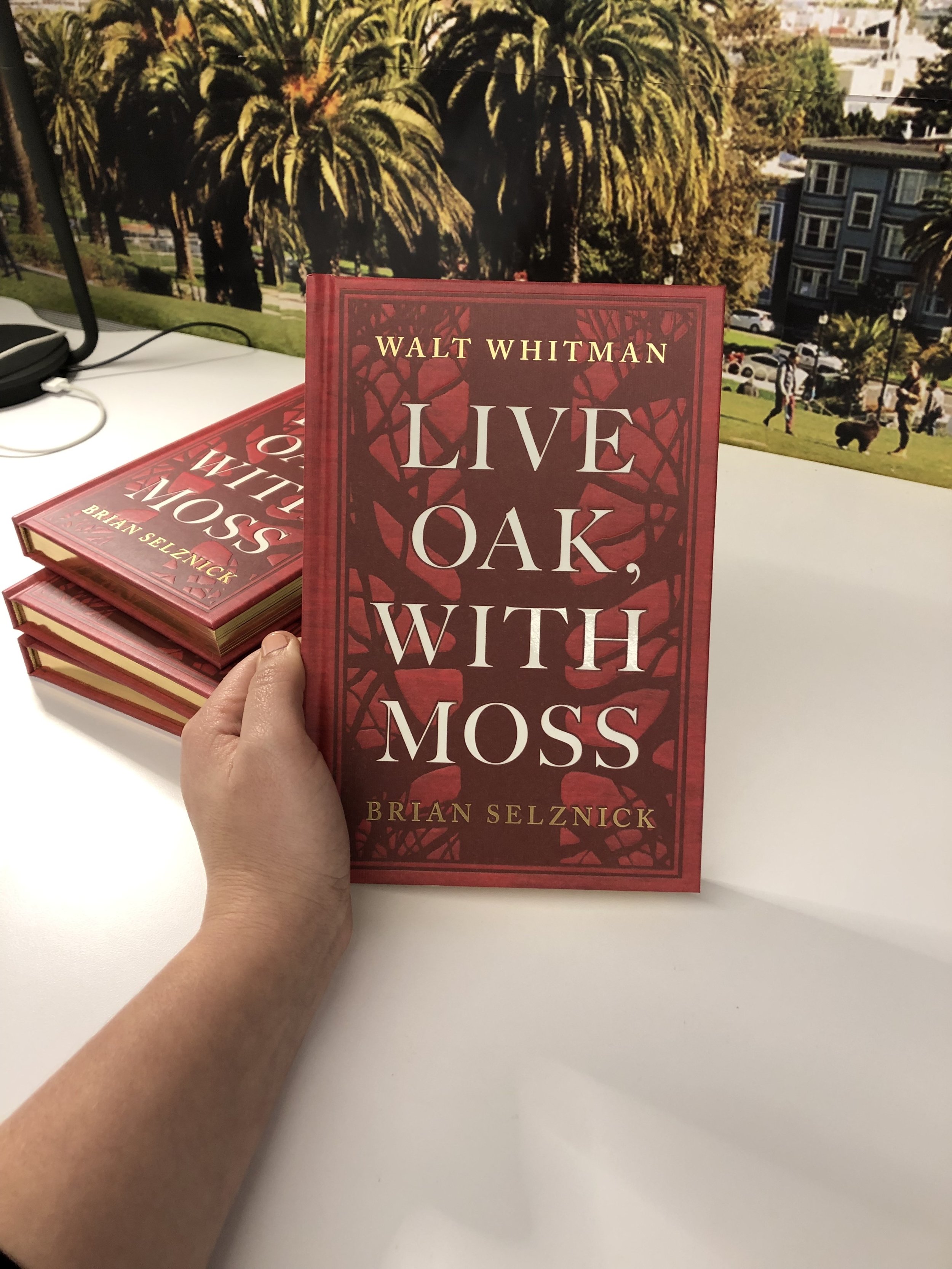 About the book
About the bookIn 1841, a Japanese fishing vessel sinks. Its crew is forced to swim to a small, unknown island, where they are rescued by a passing American ship. Japan’s borders remain closed to all Western nations, so the crew sets off to America, learning English on the way.
Manjiro, a fourteen-year-old boy, is curious and eager to learn everything he can about this new culture. Eventually the captain adopts Manjiro and takes him to his home in New England. The boy lives for some time in New England, and then heads to San Francisco to pan for gold. After many years, he makes it back to Japan, only to be imprisoned as an outsider. With his hard-won knowledge of the West, Manjiro is in a unique position to persuade the shogun to ease open the boundaries around Japan; he may even achieve his unlikely dream of becoming a samurai.


With most projects I try to give the illustrator freedom to come up with there own concepts from which I will comment on. There are times when due to time or a very specific idea that this doesn't always work. But when it does I think this approach helps bring out the best work. in an illustrator Jillian is a prime example of this philosophy. She gave me more than I could have hoped for. Jillian's first round of sketches included five different approaches.
1

4

5

You got to love an illustrator that gives you so much to work with. Out of these five sketches the fifth really caught my eye. I was really excited about the
possibility of spot varnishing the whales onto the cover. However after discussing all the sketches at a cover meeting we decided we wanted more action and less character based cover. After all this book is about the journey the character goes on. Jillian responded again with a variety of fresh ideas.


This was an exciting new take and gave us what the action we where looking for. But I felt that we needed a more centered composition. There was however several detail that I though could still be used. The tiny boat filled with sailors being tossed around by an angry sea for example. Also I the group really loved the giant whale tale. So as you can see from below we tried out a new composition based on these pieces
But still we were not quite there.

Jillian who I am sure was losing steam at this point mustered up this beautiful idea below.

Still the ideas of the angry sea versus the small boat was still on my mind as well as the whales from Jillian's first sketch that I liked. From those pieces we put together this sketch below.

Finally we were on the right track.


Jillian hand drew the type. It's important to be that the type and illustration work together. What better way for that to happen if they are both done by the same hand.
Next step color


Then full cover layout.

Spot varnish layout. All the black areas will be glossy and the white areas matte.

Last step add the 4 starred reviews to the back cover!

On another note Jillian just release INDOOR VOICE a collections of tiny comics, little drawings. pen, brush, ink, watercolor, and collage experiments that show how Tamaki arrives at her illustration work, as well as more polished and personal comics work examining her relationship to her parents and their influence on her art.

 INDOOR
INDOOR VOICE
published by Drawn & Quarterly, August 2010
Softcover, ISBN: 978-1770460140

Authors: By Margi Preus
Imprint: Amulet Books
ISBN: 0-8109-8981-6
EAN: 9780810989818
Availability: In Stock
Publishing Date: 8/1/2010
Trim Size: 5 1/2 x 8 1/4
Page Count: 320
Cover: Hardcover with jacket
"A terrifc biographical novel by Margi Preus." -
Wall Street Journal*STARRED review from Booklist*Manjiro is 14 when a freak storm washes him and his four fishing companions onto a tiny island far from their Japanese homeland. Shortly before starving, they are rescued by an American whaling ship. But it’s 1841 and distrust is rampant: the Japanese consider the whalers “barbarians,” while the whalers think of the Japanese as “godless cannibals.” Captain William Whitfield is different—childless, he forges a bond with the boy, and when it comes time for Manjiro to choose between staying with his countrymen or going to America as Whitfield’s son, he picks the path of adventure. It’s a classic fish-out-of-water story (although this fish goes into the water repeatedly), and it’s precisely this classic structure that gives the novel the sturdy bones of a timeless tale. Backeted by gritty seafaring episodes—salty and bloody enough to assure us that Preus has done her research—the book’s heart is its middle section, in which Manjiro, allegedly the first Japanese to set foot in America, deals with the prejudice and promise of a new world. By Japanese tradition, Manjiro was destined to be no more than a humble fisherman, but when his 10-year saga ends, he has become so much more. Wonderful back matter helps flesh out this fictionalized companion to the same true story told in Rhoda Blumberg’s Shipwrecked! The True Adventures of a Japanese Boy (2001).
— Daniel Kraus*STARRED review from Kirkus Reviews*In 1841, 14-year-old Manjiro joined four others on an overnight fishing trip. Caught by a severe storm, their small rowboat was shipwrecked on a rocky island. Five months later, they were rescued by the crew of a whaling ship from New Bedford. Manjiro, renamed John Mung, was befriended by the captain and eventually lived in his home in New Bedford, rapidly absorbing Western culture. But the plight of his impoverished family in Japan was never far from Manjiro’s mind, although he knew that his country’s strict isolationist policy meant a death sentence if he returned.
Illustrated with Manjiro’s own pencil drawings in addition to other archival material and original art from Tamaki, this is a captivating fictionalized (although notably faithful) retelling of the boy’s adventures. Capturing his wonder, remarkable willingness to learn, the prejudice he encountered and the way he eventually influenced officials in Japan to open the country, this highly entertaining page-turner is the perfect companion to Shipwrecked! The True Adventures of a Japanese Boy, by Rhoda Blumberg (2001). (historical note, extensive glossary, bibliography.) (Historical fiction. 9-13)
*STARRED review from School Library Journal*A Japanese teenager living in the mid-19th century bridges two worlds in this
stunning debut novel based on true events. Manjiro and his fellow fishermen find refuge on a remote island after a storm destroys their ship. When they are rescued by an American whaleboat captain and given the chance to return home with him, Manjiro accepts the offer. His encounters with a land that he has been taught is barbaric and his subsequent efforts to return to Japan shape him into an admirable character.
Preus places readers in the young man’s shoes, whether he is on a ship or in a Japanese prison. Her deftness in writing is evident in two poignant scenes, one in which Manjiro realizes the similarities between the Japanese and the Americans and the other when he reunites with his Japanese family. A sailor named Jolly and an American teen express the racism he experiences in America. Both of these characters gain sympathy from readers as their backgrounds are revealed, and as one of them comes to respect Manjiro. The truths he learns about himself and his fellow men and women are beautifully articulated. Manjiro’s own drawings are well placed throughout the narrative and appropriately captioned. Preus includes extensive historical notes and a bibliography for those who want to know more about the man and the world in which he lived.
*STARRED review from Publishers Weekly*In picture book author (The Peace Bell)
Preus’s excellent first novel, based on the true story of Manjiro Nakahama, Manjiro is 14 in 1841 when he is shipwrecked in a storm. An American whaling ship eventually rescues him and his shipmates, and while his fellow fishermen are fearful of the “barbarians,” Manjiro is curious about them and the world. Knowing Japanese law forbids him from returning home because he’s left the country, he learns English and whaling, gets a new name and family with the captain, and eventually seeks his way in America as the first known Japanese to set foot there. He finds innovative ways to challenge both hardships and prejudice, and never loses his curiosity.
Preus mixes fact with fiction in a tale that is at once adventurous, heartwarming, sprawling, and nerve-racking in its depictions of early anti-Asian sentiment. She succeeds in making readers feel every bit as “other” as Manjiro, while showing America at its best and worst through his eyes. Period illustrations by Manjiro himself and others, as well as new art from Jillian Tamaki, a glossary, and other background information are included.
About the author
Margi Preus has written many popular plays and picture books for children. She teaches a children’s literature course at the College of St. Scholastica in Duluth, Minnesota, where she writes for Colder by the Lake Comedy Theater and also watches for whales on Lake Superior. This is her first novel. Visit her online at www.margipreus.com.











































 2
2


































































































































































































 My
My 










